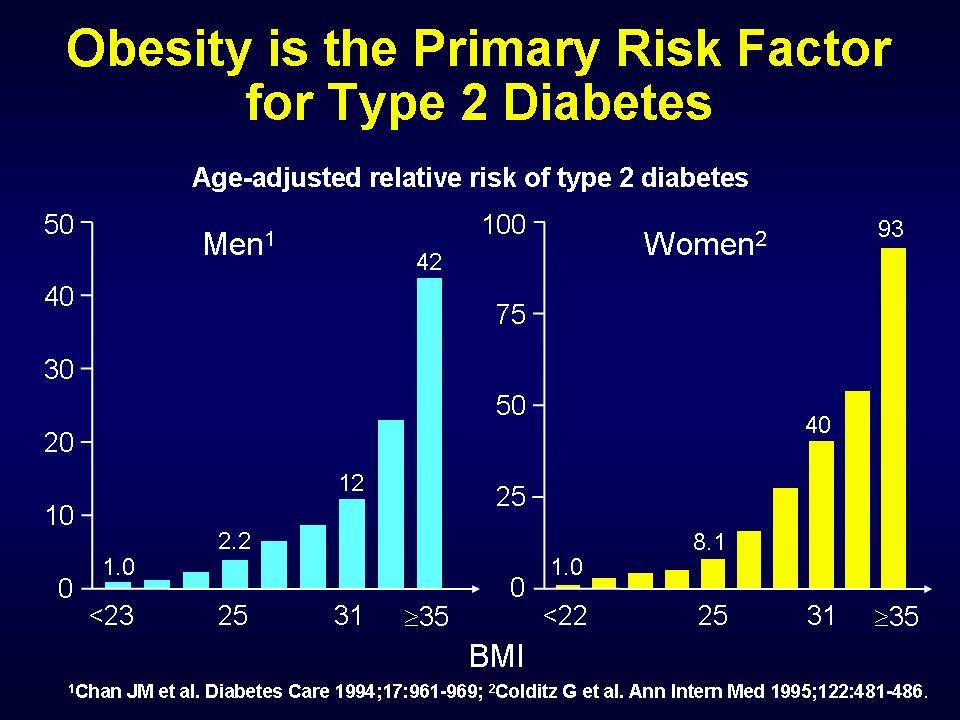Eat a diabetes prevention diet, or a healthy well balanced diet. People who eat poorly are more prone to diabetes as well as a host of other conditions. Eat lots of fruits and non-starchy vegetables like green beans, broccoli, and so on. Eat more whole grain foods like whole-wheat pasta and brown rice. High fiber help to slow the release of glucose into your blood stream. Foods higher in protein are also good. Oh yeah, lay off the high calorie sweets.
Type 2 diabetes is a silent disease. Often, an individual will have the condition for years before it is finally diagnosed. During this time, their body has been subjected to damage from the disease. This is why a diabetic should never ignore symptoms of any kind and why regular checkups are so important.
There are many factors that can contribute to a person developing type 2 diabetes. Below is a list of some of the common factors that may affect you and your chances Risk of Type Diabetes getting this form of diabetes.
Gestational diabetes can affect either the mother or the baby if it is not treated. At birth the child could have low blood sugar levels, jaundice, or weigh more than usual. If the baby is too large for normal birth, a cesarean section may be necessary. For the mother, there is a risk of developing preeclampsia from half way into the pregnancy to up to six weeks after birth. This will cause elevated blood pressure, but also could result in damage to the liver and kidneys.

Take special care of your feet. Letting blood sugar levels go unchecked can cause the nerves in your feet to experience a reduced blood flow because your veins and arteries can narrow. Do not leave cuts and blisters untreated. There is a great risk of gangrene setting in for those who have diabetes.
Of course, the above study will not suddenly change what is considered normal, because results must be repeated before they can be used to set standards. On the other hand, repeating a series of fasting blood sugar levels over time might be a good way to predict if you are in need of preventive care. If levels go up over time it might be a good idea to become concerned and take action, especially if you have other risk factors for Type 2 diabetes.
It's smart to understand your risks - having gestational diabetes increases your chances of developing type 2 diabetes signs and symptoms to about 50%... so certainly not a guarantee of illness. Gestational diabetes occurs in about 4% of U.S. pregnancies each year and can be affected by factors like your ethnicity, your genetics and your weight. Losing weight, and being active, after the baby can limit your risk risks of type 1 diabetes and pregnancy going forward.